‘Pro-wrestling’ gets a bad rap. The prevailing opinion sees it as the ‘basest’ of entertainment forms. Crass, kitsch, low-browed, but above all ‘fake’. Is it sport? It’s not right? We’re not kids anymore – people of my generation, give or take at least. We know they’re not really ‘fighting’. If the flashy garb and gimmicks weren’t enough, the last two decades or more of mixed martial arts have taught us what ‘real fighting’ looks like. Entertainment then? But if it’s ‘fake’, where’s the entertainment?
To non-wrestling fans – to those that ‘outgrew’ it upon learning it’s not ‘real’ (admit it, everyone was a fan once) – it’s hard to explain the charm. Go further and explain that there’s real ‘art’ to it, and you’ll be deemed crazy. Art? In a fake contest of strength, between men, and now equally women, in gaudy gear? Get real!
But there is an art to ‘wrestling’ of the entertainment kind. No. It is an art form, one that is unlike any other. And when it’s on display at its peak, like it was last weekend at Wrestlemania 40 in Philadelphia, pro-wrestling reminds you why there is no show, no live action performance like it on Earth.
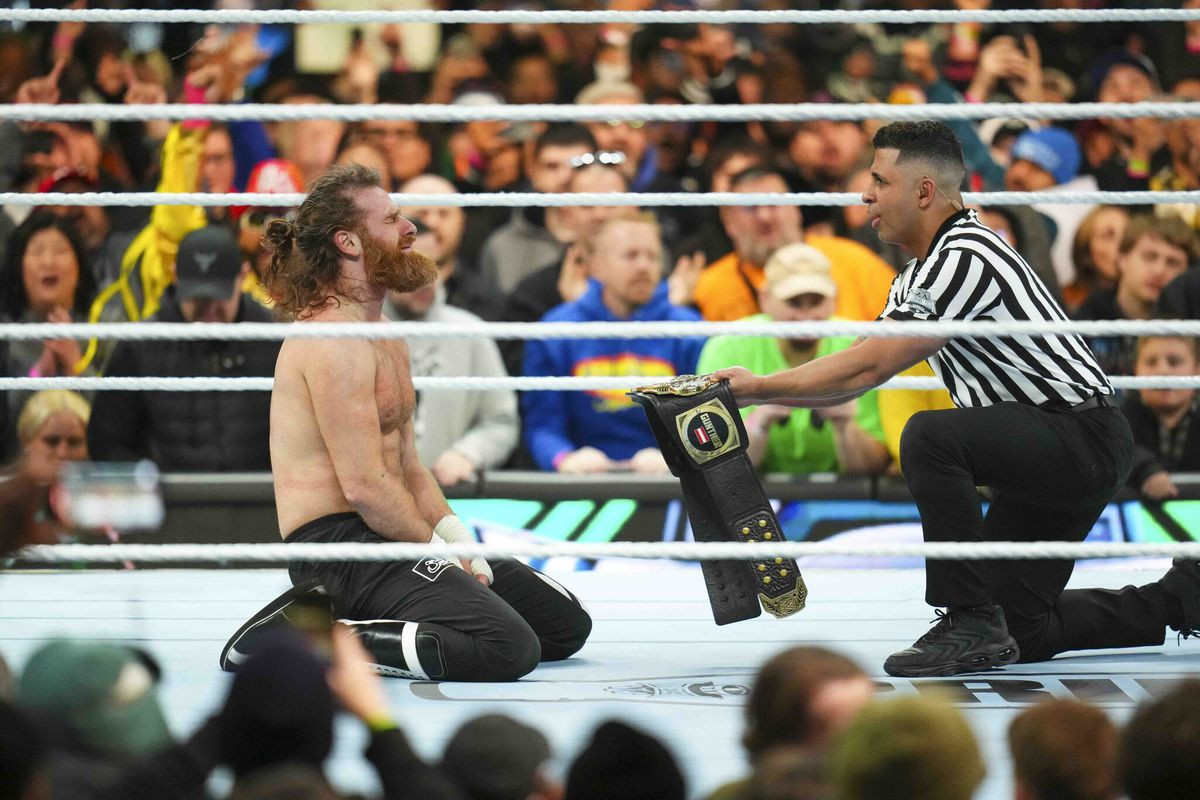
The ‘Endgame’ moment
If there is anything that the last decade of Marvel movies have taught us, it is that there is an immense payoff to building a grand narrative painstakingly over time. There is great risk, for sure. At times you ask for your audience’s blind trust. At times, it feels like the stories you put before them are going nowhere. Every three-act tale has a middle one and in a grand epic that unfurls over a decade, you can get impatient when you don’t realise you’re in the second act.
When it all comes together though; when the seeds that were planted in plain sight without the audience realising suddenly bloom to a climax; that’s when the magic happens.
Like 2019’s Avengers: Endgame, which marked the conclusion of three phases of what has been dubbed the Marvel Cinematic Universe, Wrestlemania 40 showcased the culmination of narratives, rivalries and character arcs years in the making. There were twists and turns, heroes and villains, prices paid for obsession, as well as redemption, all building up to an emotional rollercoaster of a main-event that brought together the past, present and future of the company.
The audience always knew how it would end, but so did the audience of the Marvel movies. The hero was always going to come up on the top. But lost in the suspension of disbelief, you did feel things could as easily have gone differently.
In fact, that is where wrestling, as entertainment, can be quite different from any other narrative art form. The script of a play or movie never changes once it is locked. A musical act may improvise here and there, but we know how the songs go and the final product is never too far from the original.
The physicality of wrestling and sometimes the reaction of the live audience mean stories can be changed on the fly. Even if a fan-favourite is booked to win, an injury can force a ‘match’ towards a different conclusion. Or sometimes, the audience response, to a face or heel – the hero and the villain, in regular terms – can prompt a real-time role reversal. The results are fixed, but are they really?
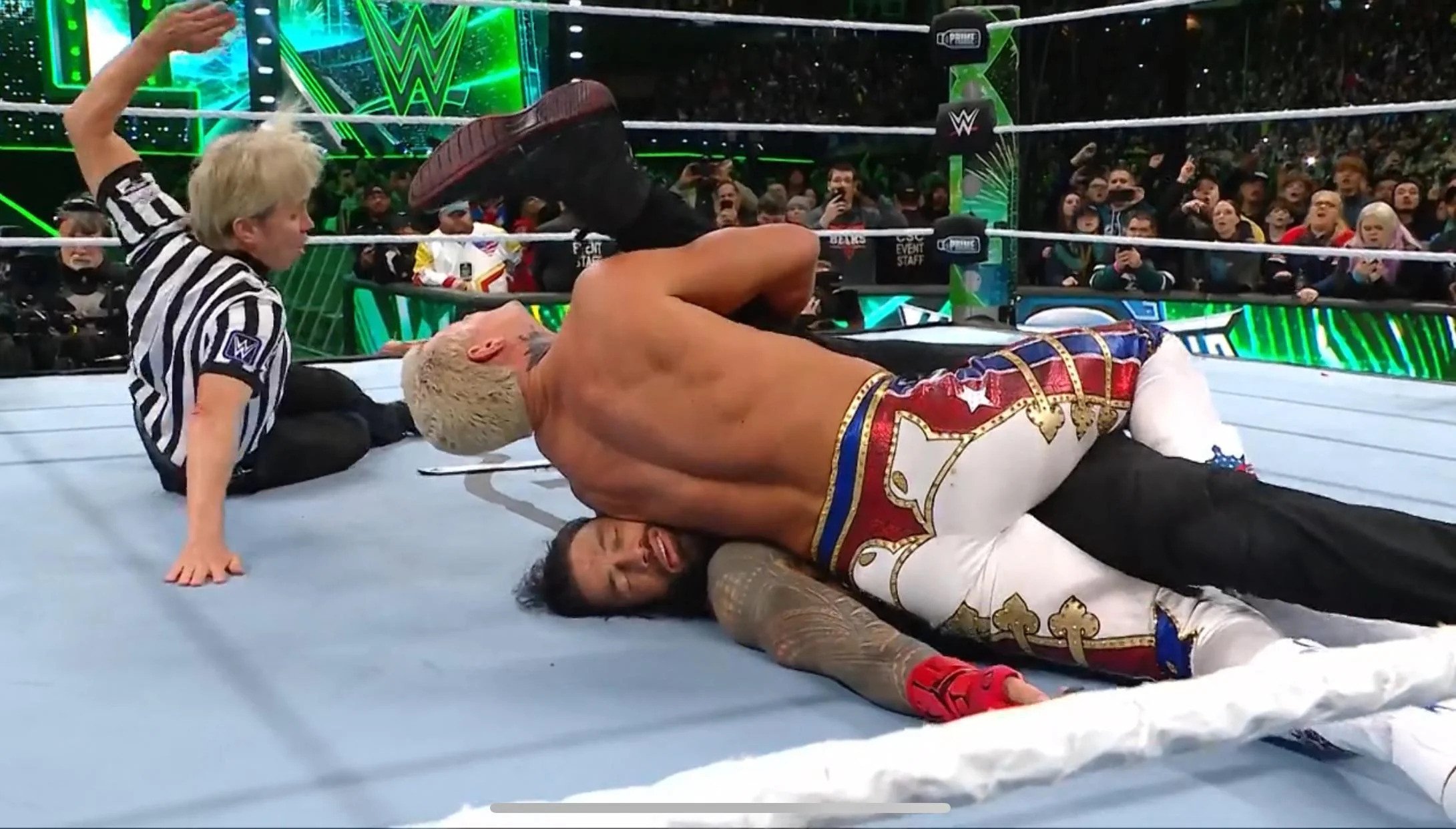
The art of pro-wrestling, like the craft of the magician, is hidden to those not initiated to its secrets. Even though the viewer knows the final outcome is not ‘real’, the lines between what’s real and what’s not are blurred. While the final performance is a ‘work’ or ‘worked’ – wrestling parlance for anything that is planned – the stories are often inspired, in part, by real events and relationships.
When the ‘American Nightmare’ Cody Rhodes, in many ways WWE and wrestling’s prodigal son, finally triumphed over reigning champion Roman Reigns and his Bloodline faction, he fixed in one fell swoop both fictional and real ‘wrongs’. In kayfabe, the wrestling term for the ‘staged reality’ created for the audience, Rhodes avenged both an unjust loss to Reigns at last year’s Wrestlemania and an attempted ‘usurpation’ of his shot at the main prize once again. However, in becoming the new face of the company, Rhodes also righted a series of historic wrongs, to his own self and his family’s legacy.
Decades earlier, in the first golden age of WWE in the 1980s, Cody’s father Dusty Rhodes, a celebrated legend, was stuck with a humiliating gimmick unbefitting of his status and legacy. Fans saw this presentation as ‘punishment’ for his work for the rivals of the then WWF. Cody’s elder brother Dustin, during his tenure with WWF/WWE, found himself saddled with the sexually charged androgynous Goldust character. Although that character brought Dustin fame, it stopped him from being more than a comedic act. Cody himself debuted in WWE as a promising rookie but soon saw himself reduced to joke act in Stardust – a junior rehash of his elder sibling’s Goldust character. In WWE, the celebrated Rhodes name remained far from a main title.
So Cody left WWE to reinvent himself and his reputation. Following appearances in different promotions, he eventually became a main figure in setting up what is currently WWE’s main rival. There was a time when it seemed Hell would freeze over before he would return to WWE. When he eventually did, fans expected he would be ‘punished’ again for building his fame at a rival, like his father. It certainly seemed so at last year’s Wrestlemania. When a seemingly token shot at the title was booked in defeat, it appeared the momentum Rhodes built would fizzle out.
It didn’t. When Dwayne ‘The Rock’ Johnson returned from Hollywood to headline Wrestlemania 40, the fan reaction to the injustice meted out to Cody was visceral – #FinishTheStory went viral, prompting WWE to pivot back to a Rhodes-Reigns rematch.
Or maybe that was the plan all along. That’s the beauty of wrestling. You can never know what real and what’s not for sure.
And Cody Rhodes’ story was only the tip of the iceberg of WWE’s ‘Endgame’ moment.
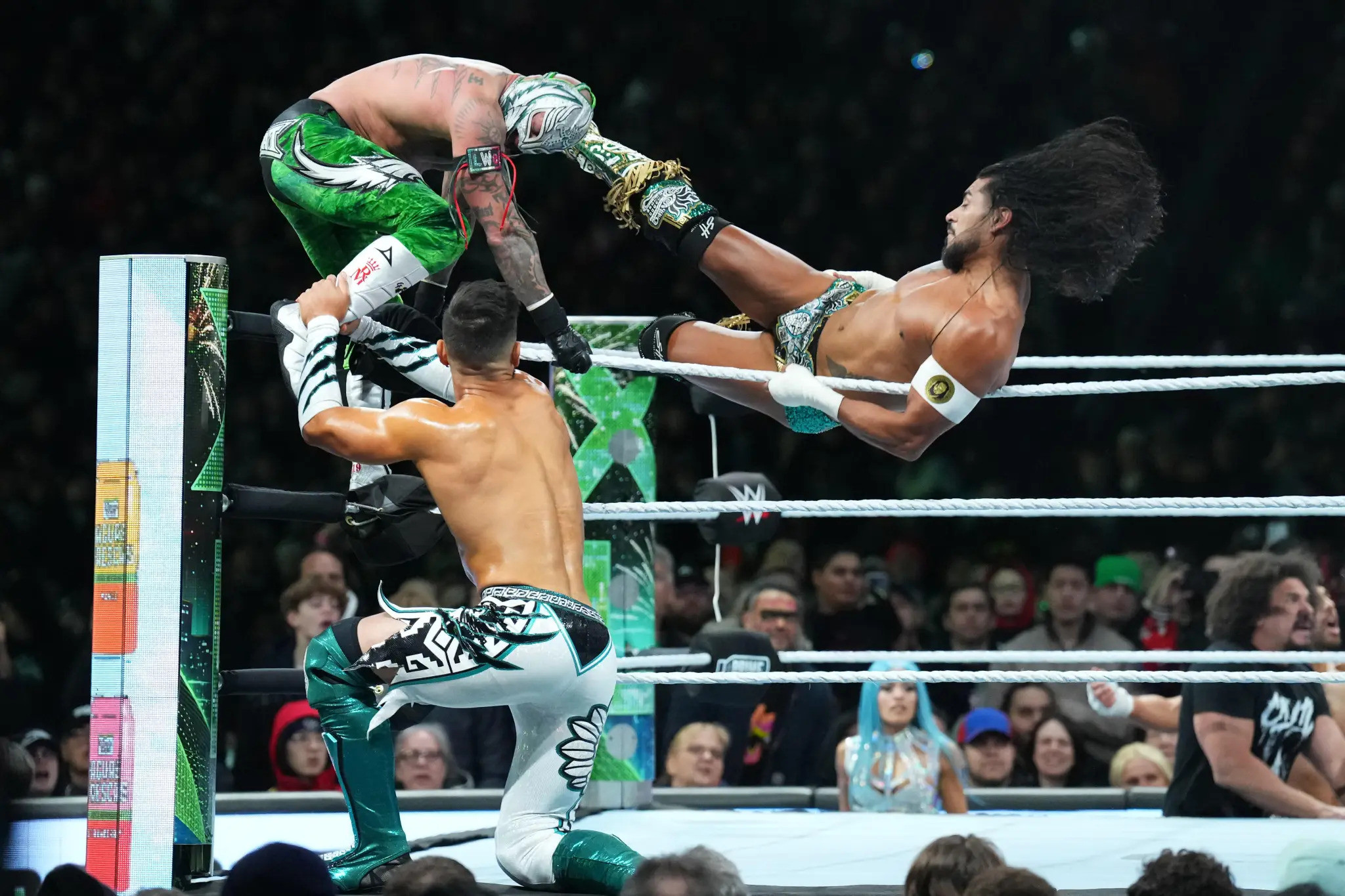
The WWE ‘secret’
Get ready to feel old. Remember when Hulk Hogan and Mr T faced off against Rowdy Roddy Piper and Paul Orndorff at Madison Square Garden in the first Wrestlemania? Maybe you didn’t see it in 1984 precisely. Maybe you saw a taping of it much later. But that was 40 years ago. And it may seem quaint, even humble now, but that was when the wrestling game was changed forever.
It’s hard to imagine that the behemoth that is WWE today was ever in danger of failing. The popularity of wrestling itself comes and goes, like all entertainment trends, but the company has remained extremely profitable, unlike any of its main competitors. However, there was a time in the 1990s when it was very close to bankruptcy. In another reality there is no Wrestlemania.
Even in the early 80s, the show, seemingly the first of its kind, was a gamble. The actual numbers are hard to ascertain. They may be lost to history. There is reason to suspect the first Wrestlemania was a net loss for the man who owned it until the current TKO takeover.
But even in those early days, when the WWWF become just WWF, the company was thinking very differently to its competitors. There is an anecdote around a phone call media mogul Ted Turner made to Vince McMahon when he bought WCW – the most serious challenger WWF had before it absorbed it and became WWE. "Guess what, Vince, I'm in the 'rasslin' business!" Turner supposedly told McMahon. "That's nice, Ted, I'm in the entertainment business," McMahon claims to have replied.
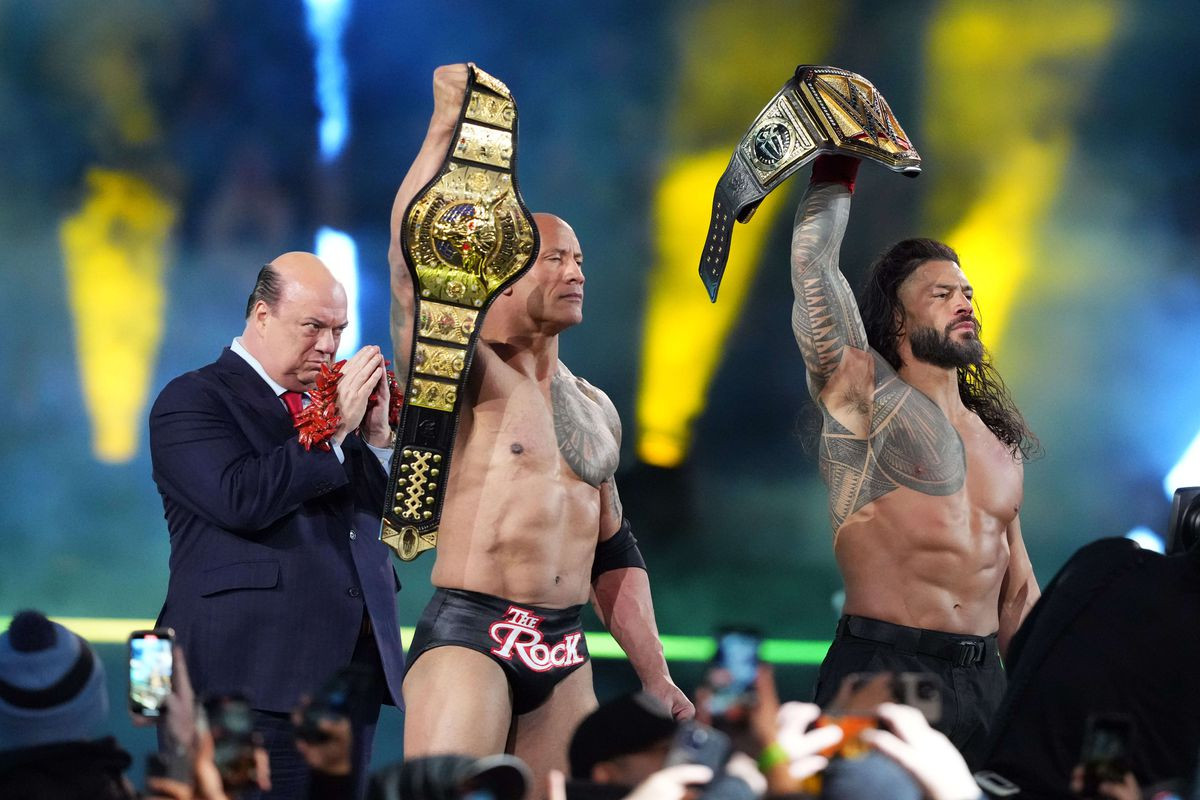
The anecdote is key to understanding why WWE is what it is. From MTV and the bodybuilding craze in the 80s, to anti-authority counterculture and Nu Metal in the 90s, WWE has consciously tapped into the wider entertainment landscape. Sometimes the results are mixed – WWE’s initial attempts to tap into social media seemed quite cringe and forced at the time. At its best, it’s given us Hulkamania and the Attitude Era.
The last time I seriously followed wrestling or took the time out to see Wrestlemania live was sometime in the 2000s. I was either in school or had just started university. Like all interests from your youth, I’ve kept up to date on happenings now and then, but rarely found myself invested the same way I did when I was young.
I think it changed over the last couple of years. Blame it on the algorithms and my social feeds. But reel by reel, podcast by podcast, I was roped in again. Without realising, I wanted Cody to finish the story too.
From current and former stars to wrestling observers, an entire eco-system of online wrestling content has sprung up in recent years. The lines between what’s real and fake are more blurred than ever as ‘worked’ storylines and inside news and recollections converge.
A24’s The Iron Claw, a movie around another wrestling dynasty, the Von Erichs, was released last year to critical acclaim. Vice’s The Dark Side of the Ring became one of the most compelling documentary series currently running.
It feels good to say pro-wrestling is cool again!
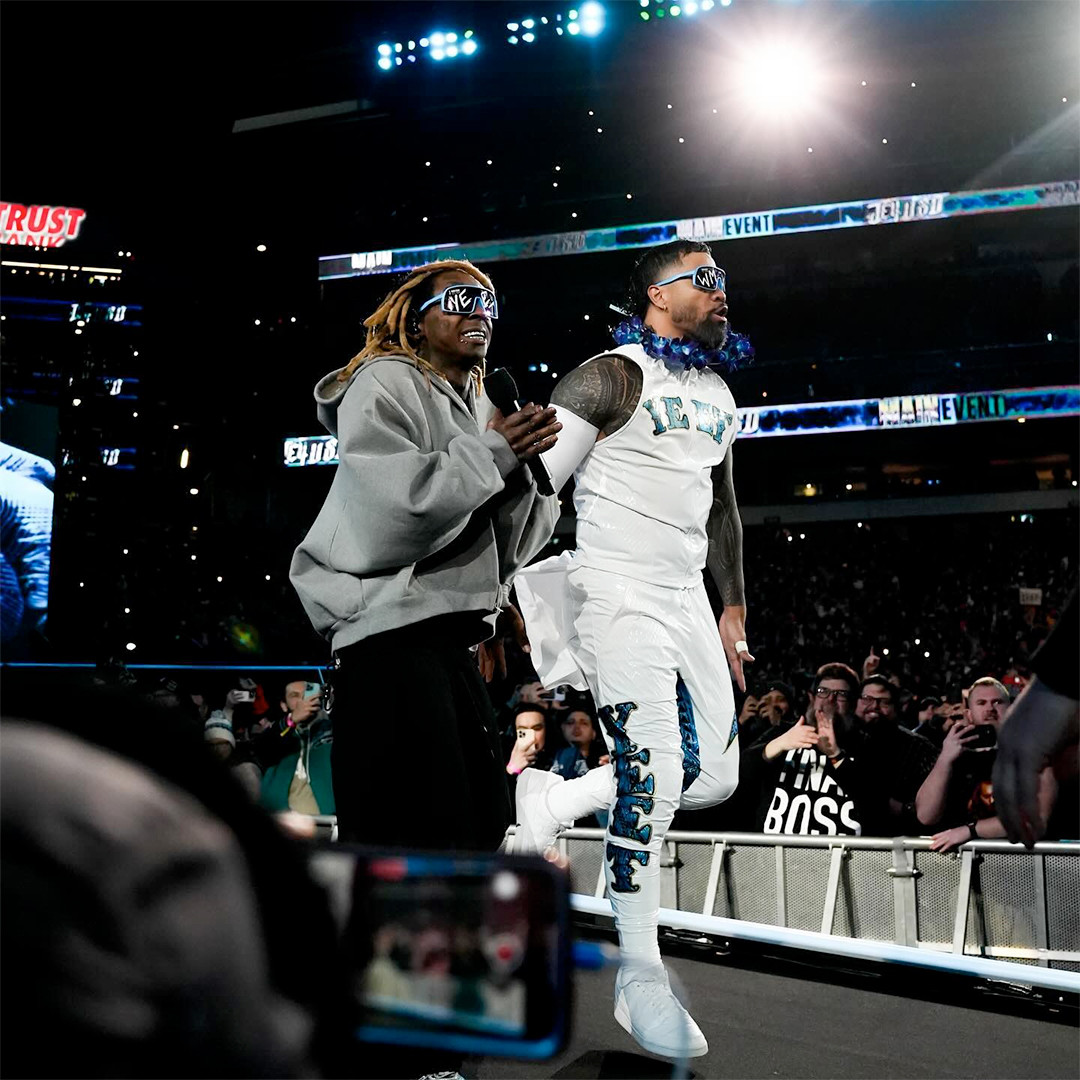
Spectacle of excess
What to say to those who still think wrestling is junk or juvenile? How to answer those who fail to understand the beauty of its staged violence? Is it a fake sport? It’s certainly fictional, as far as the ‘contest’ is concerned. But see the stunts and hear the bumps, and then argue how fake it is. No more than ice-skating or gymnastics. The performance, at the end of day, is built around extreme feats of athleticism and strength. In wrestling’s case, it’s only being used to sell spectacle and story.
In his essay, ‘The World of Wrestling’, French philosopher Roland Barthes unpacked the sport and art form best. To those who see it as an ‘ignoble sport’, Barthes contended that wrestling is a ‘spectacle’, no more ignoble than a performance of a celebrated theatre play.
Echoing what many a wrestling fan thinks but lacks the eloquence to say, Barthes noted that the public is completely uninterested in knowing whether the contest is rigged or not. “And rightly so; it abandons itself to the primary virtue of the spectacle, which is to abolish all motives and all consequences: what matters is not what it thinks but what it sees… the function of the wrestler is not to win: it is to go exactly through the motions which are expected of him.”
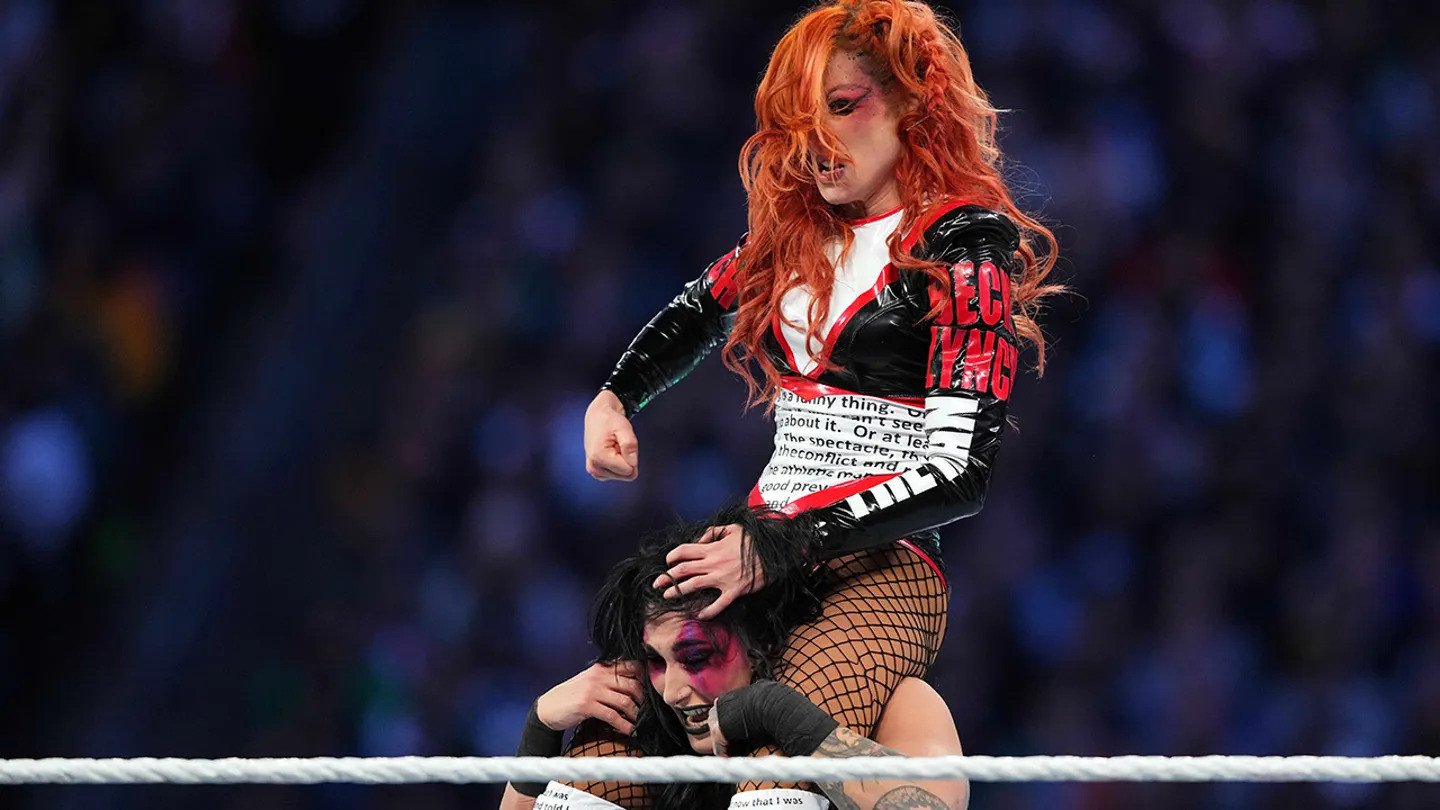
For Barthes, wrestling was the great spectacle of ‘suffering, defeat, and justice’. “Wrestling presents man's suffering with all the amplification of tragic masks. The wrestler who suffers in a hold which is reputedly cruel (an arm-lock, a twisted leg) offers an excessive portrayal of Suffering… The gesture of the vanquished wrestler signifying to the world a defeat which, far from disgusting, he emphasises and holds like a pause in music, corresponds to the mask of antiquity meant to signify the tragic mode of the spectacle,” he wrote.
“In wrestling, as on the stage in antiquity, one is not ashamed of one's suffering, one knows how to cry, one has a liking for tears.”
There is a kind of universality to pro-wrestling, when viewed as an art form built around narrative and performance. One could go into the history of wrestling, when travelling strongmen offered challenges only ‘planted’ audience members accepted. One could talk about the natural world – is all contest among myriad species vying for mates not performance in the end. Or one could simply see wrestling for what it is now: a morality play with larger than life figures, performed in grand athletic spectacle.
